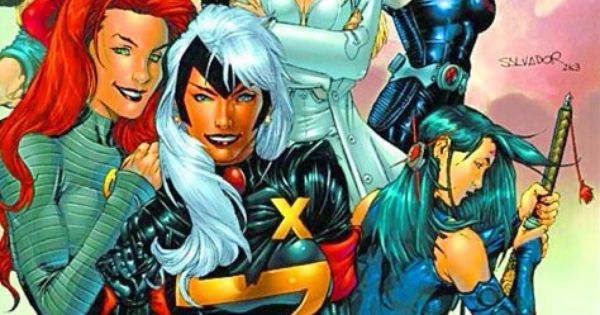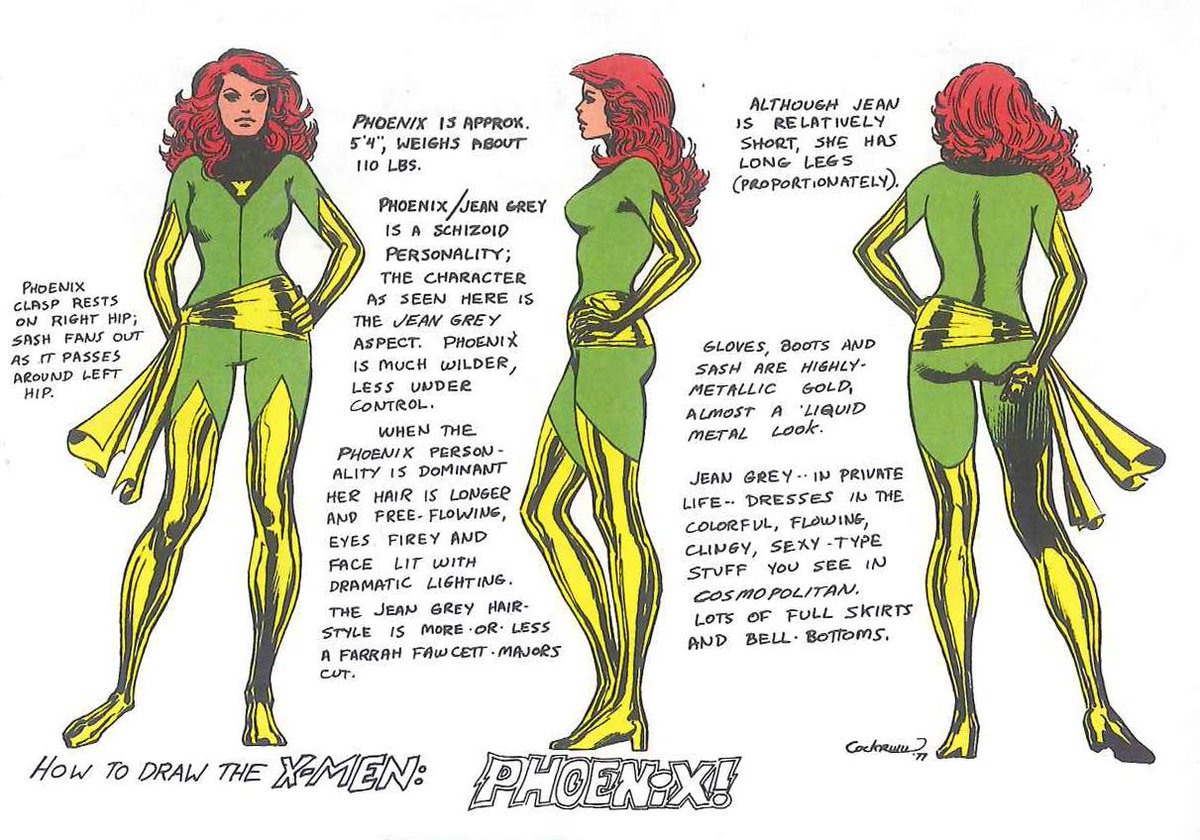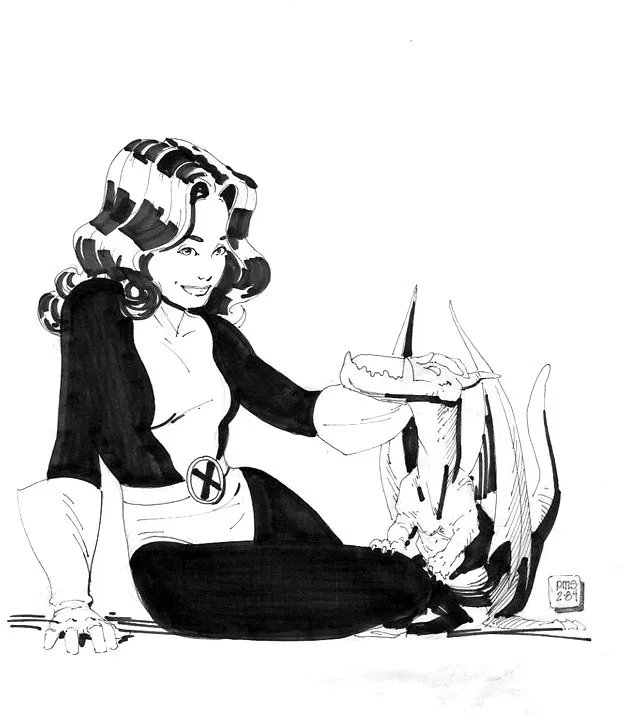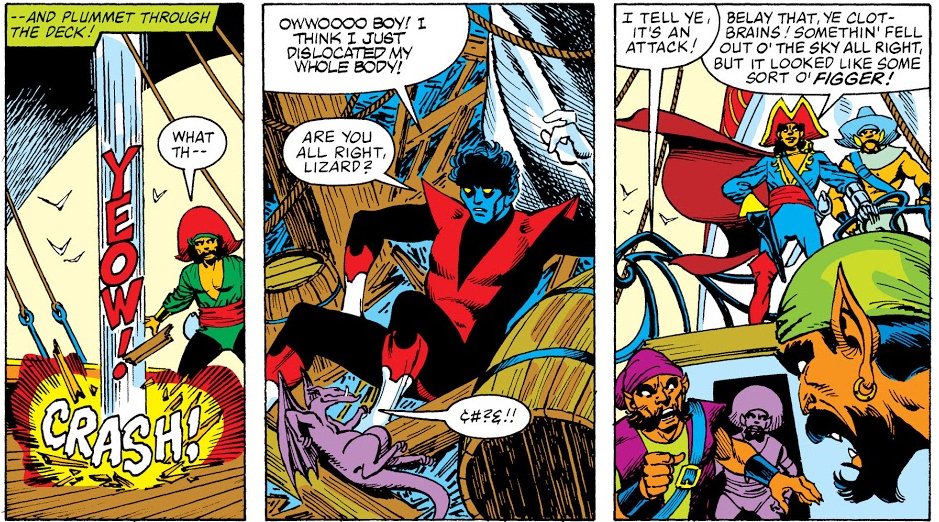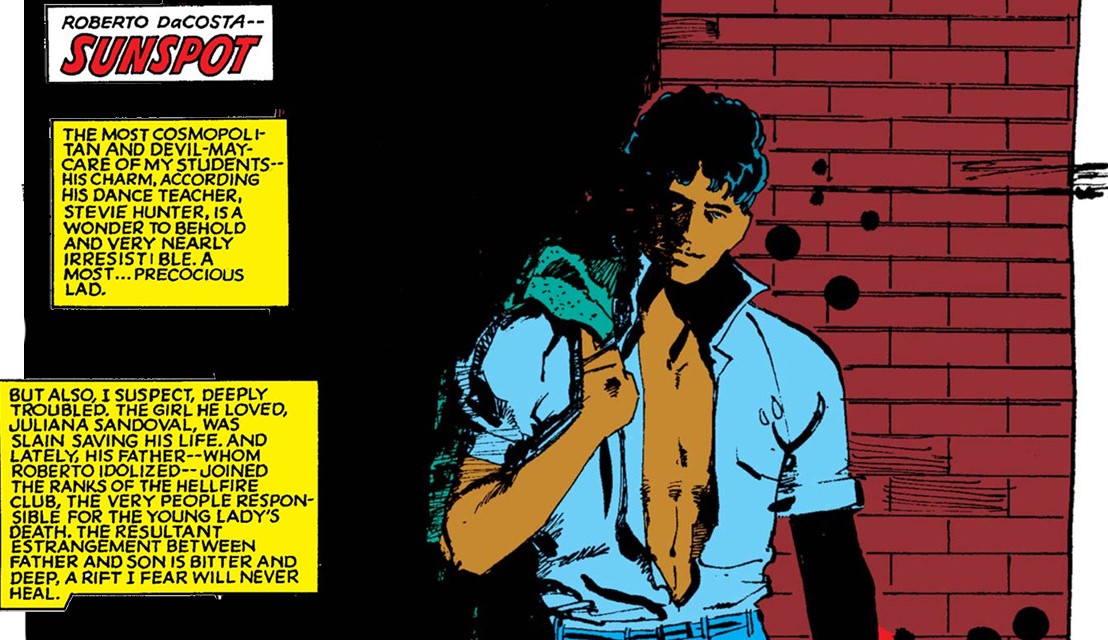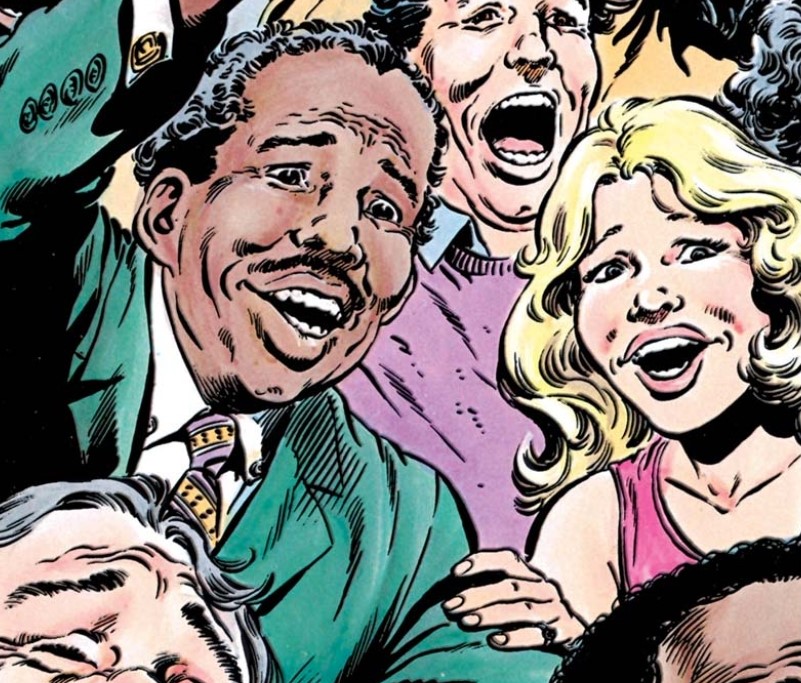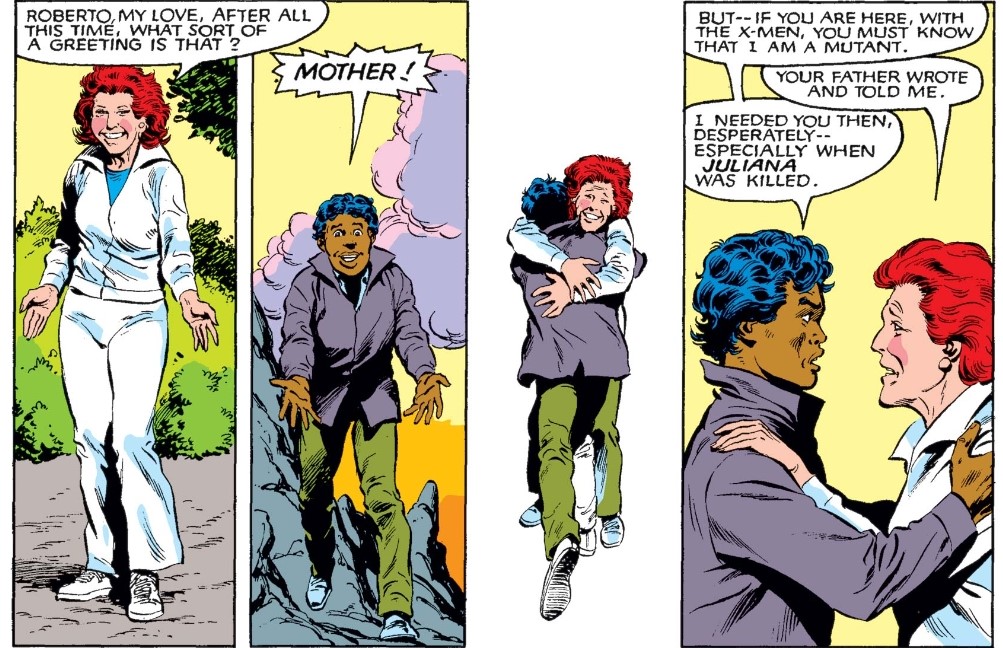
In UXM’s first hand-off of penciling duties from Cockrum to Byrne, we can see an important stylistic shift in panel structuring and character framing that had strong consequences on the theme of team unity and cohesion. #xmen 1/9 

Cockrum was overtaxed in trying to keep up with the burden of UXM and of drawing Claremont’s enormous cast of characters (both heroes and villains). In the interest of economy, Cockrum would often isolate individual characters in individual panels through close-up. 2/9 
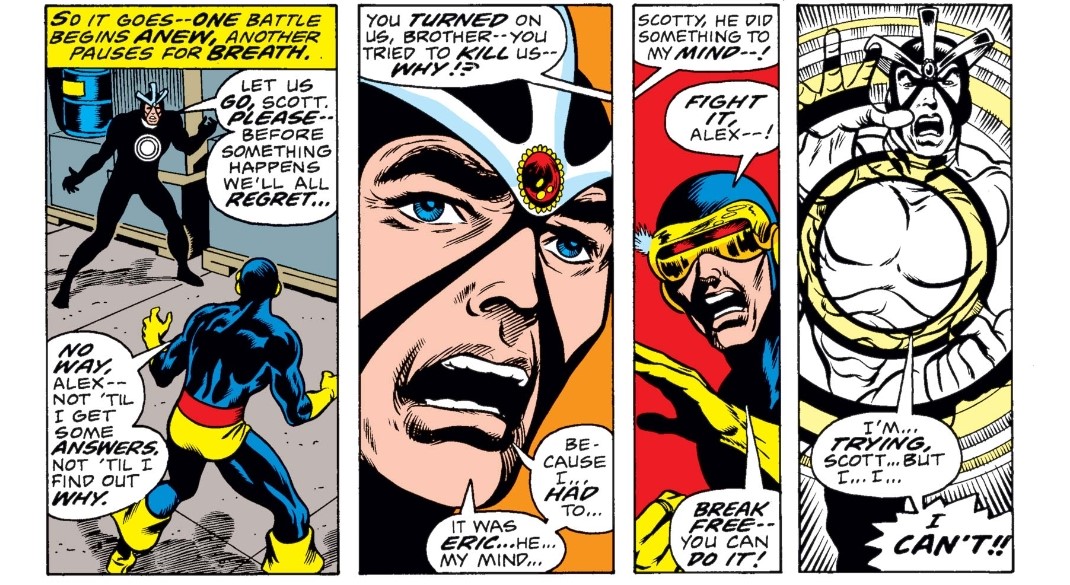
While this technique of using extensive close-ups works quite well for establishing things like intimacy, character reaction through expression, and perspective, it can have a negative effect on things like scale and sense of the group dynamic. 3/9 

To be clear, Cockrum can do group shots just as well (or better) than the best pencilers of his generation, but the economy of his personal style at this point in time drove him away from this practice, and that’s where John Byrne came in. 4/9 

Byrne was fast, detailed, and downright excellent at doing middle and distant shots, which helped the panels capture a broader (quite literally) sense of space, conflict, and, above all else, collective. Paired with Austin’s precise inks, UXM took on a bold new aesthetic. 5/9 

This shift from individual character close-ups to more distant shots and group shots (including much more extensive use of long horizontal panels) impacted the storytelling dramatically. 6/9 

The increased use of group shots meant that we were seeing all the characters more often, how they all reacted to various conflicts, dialogue or other stimuli. This visual characterization added depth to the characters even when they weren’t central to a given storyline. 7/9 

Byrne’s style meant that the X-Men moved, fought, and talked as a team rather than individuals. As the series ramped up toward the Dark Phoenix Saga, that sense of cohesion was important for relaying the sense of tragedy to follow in Jean’s death and Scott’s departure. 8/9 

Overall, this development should perhaps remind us of 2 principles: 1) comics are a visual medium and visual style can radically alter the storytelling. 2) comics production can be a bit of a meat-grinder, and time constraints on artists can likewise impact the storytelling. 9/9 

• • •
Missing some Tweet in this thread? You can try to
force a refresh







